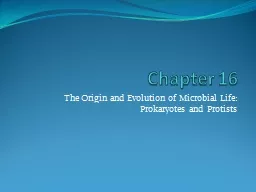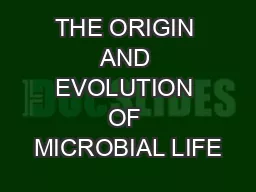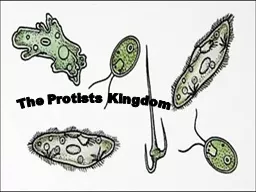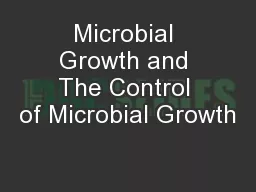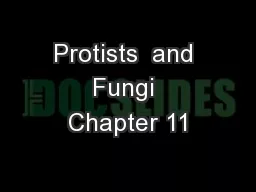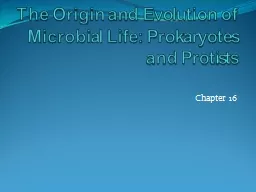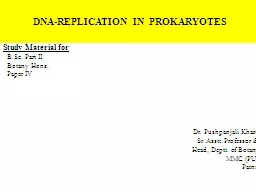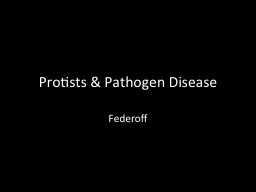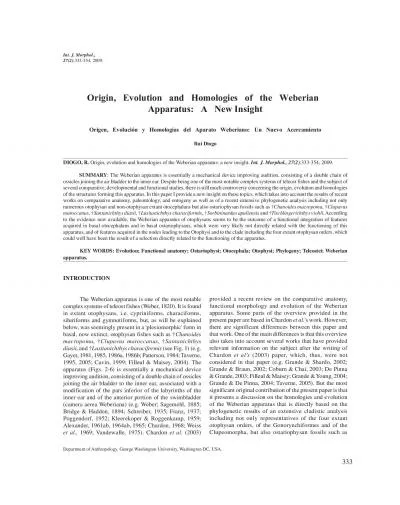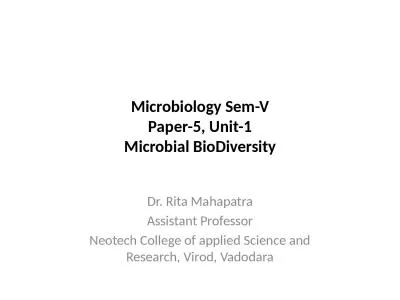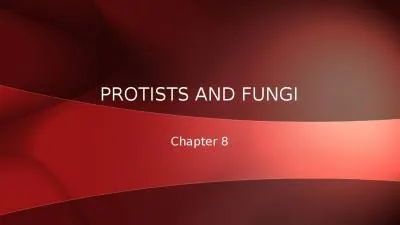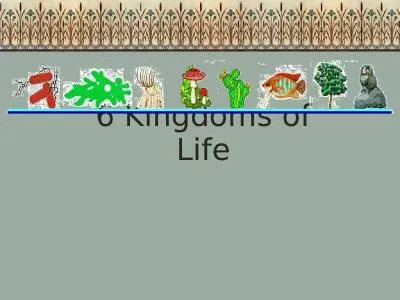PPT-Chapter 16 The Origin and Evolution of Microbial Life: Prokaryotes and Protists
Author : sherrill-nordquist | Published Date : 2020-04-04
0 PROKARYOTES 167 Prokaryotes have inhabited Earth for billions of years Prokaryotes are the oldest lifeforms And remain the most numerous and widespread organisms
Presentation Embed Code
Download Presentation
Download Presentation The PPT/PDF document " Chapter 16 The Origin and Evolution of ..." is the property of its rightful owner. Permission is granted to download and print the materials on this website for personal, non-commercial use only, and to display it on your personal computer provided you do not modify the materials and that you retain all copyright notices contained in the materials. By downloading content from our website, you accept the terms of this agreement.
Chapter 16 The Origin and Evolution of Microbial Life: Prokaryotes and Protists: Transcript
Download Rules Of Document
" Chapter 16 The Origin and Evolution of Microbial Life: Prokaryotes and Protists"The content belongs to its owner. You may download and print it for personal use, without modification, and keep all copyright notices. By downloading, you agree to these terms.
Related Documents

